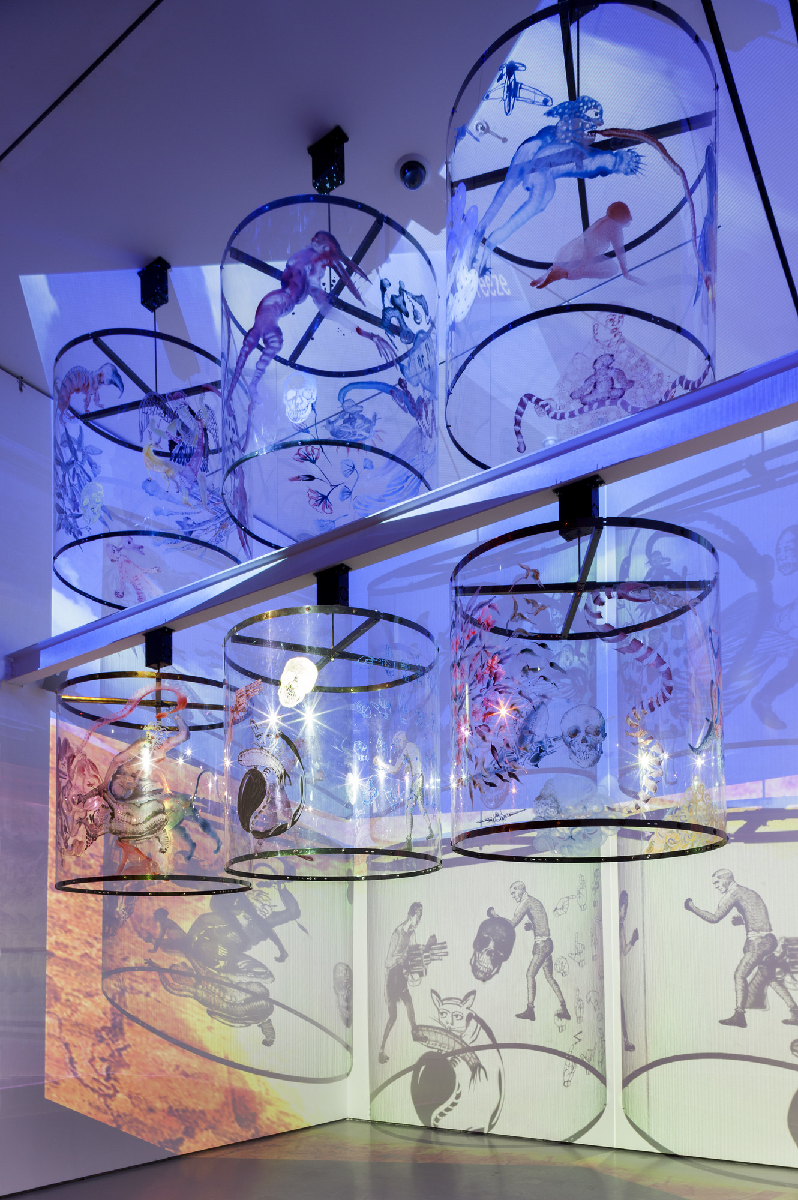From 'Postcolonial' to 'Postmodern': South Asian Art in the Wake of Independence and Partition

What is the relationship between artistic modernism and political independence? How did the creation of new nation states transform the art institutional landscape across South Asia? What kinds of relationships between form and politics emerged in the wake of significant events like the Partition of India? These are just some of the questions we will explore in this course, as we study artistic practices as well as the institutions and networks of modernism in the Subcontinent following the end of colonial rule. We will critically interrogate the position of the postcolonial artist, and how larger socio-political developments interacted with formal expression and the choice of materials.
The role and development of technologies of production and circulation will be underscored, as will the changing contexts of patronage and exhibition. We will conclude at the turn of the century, evaluating the conditions for the proliferation of 'postmodernist' practices across media, while diagnosing the advent of the so-called "global contemporary." The course will provide both theoretical tools and significant case studies in analyzing relationships between politics and artistic form.
Textbooks/Other Materials: Materials will be available through Canvas. No textbook.
Course Requirements: Mid-term examination (25%), Paper (25%), Final examination (25%), Attendance and class participation (25%)
Intended Audience: Undergraduates
Class Format: Two 80-minute meetings per week
Estimated Cost of Materials: $0-50
HISTART Concentration Distributions: Asia, Modern and Contemporary
Keywords: Postcolonial, South Asia, Modernism, Partition